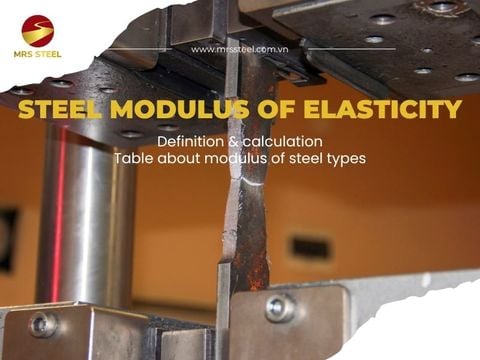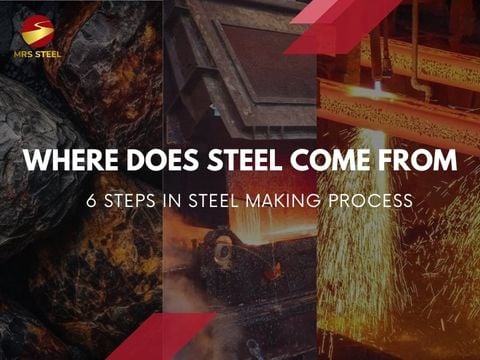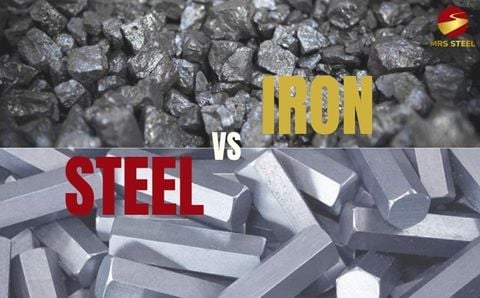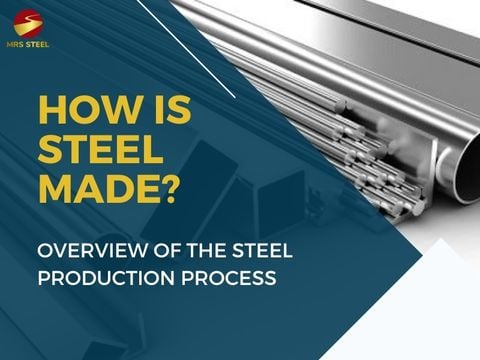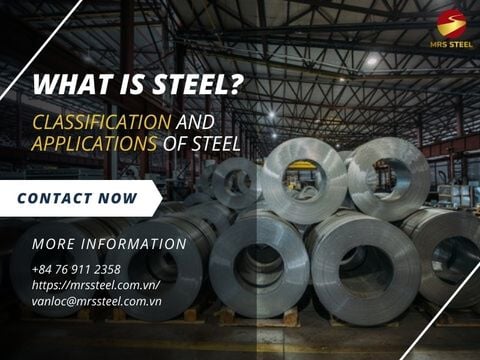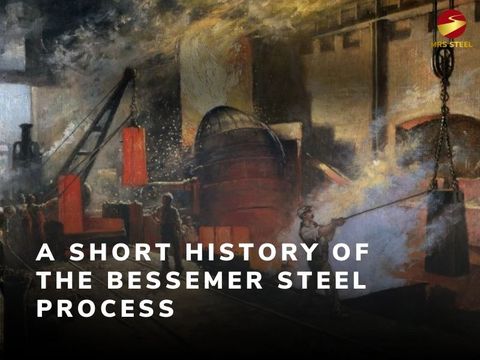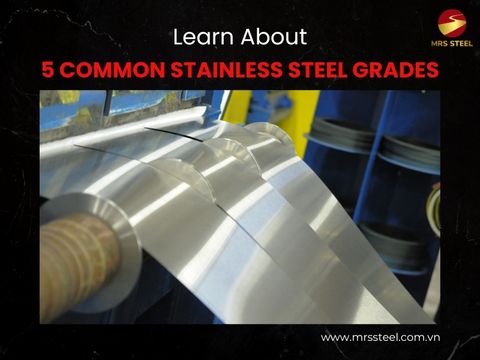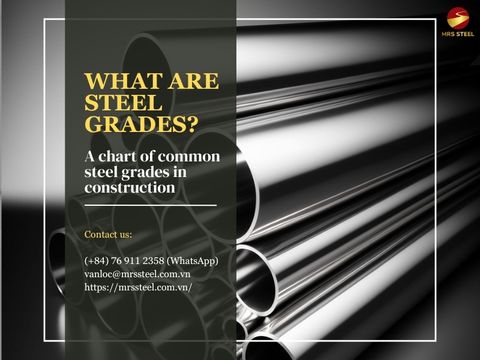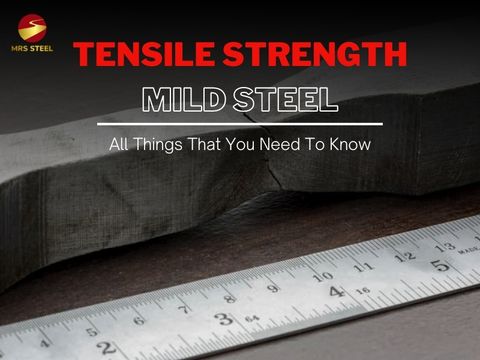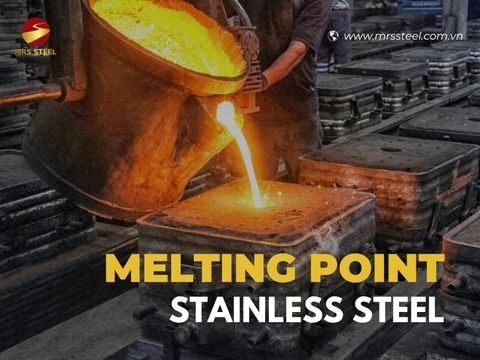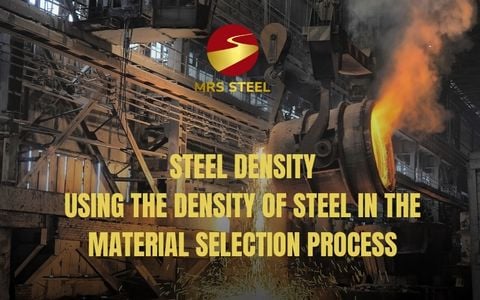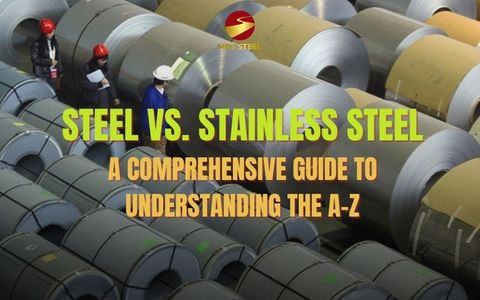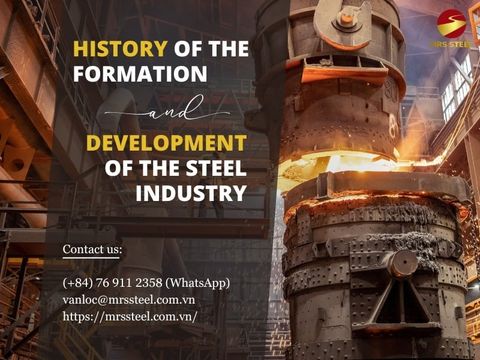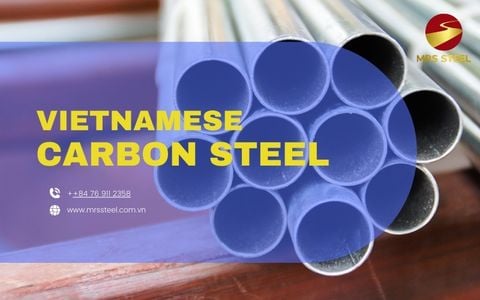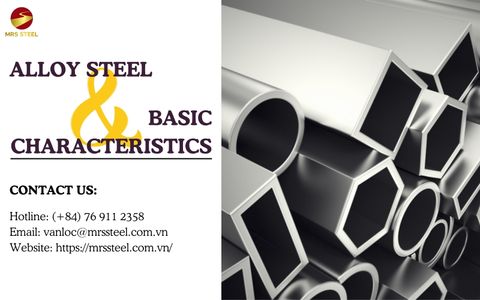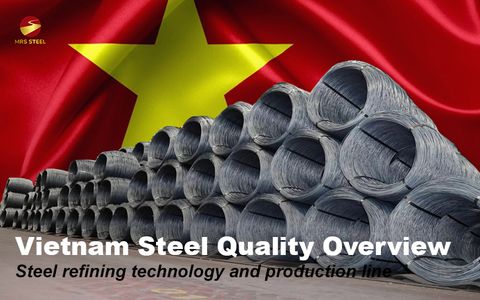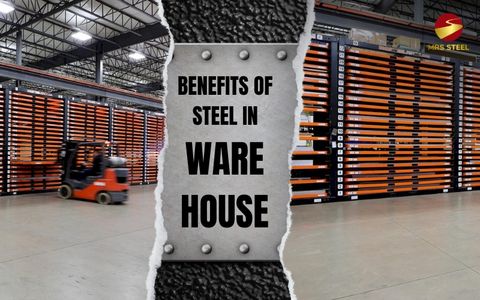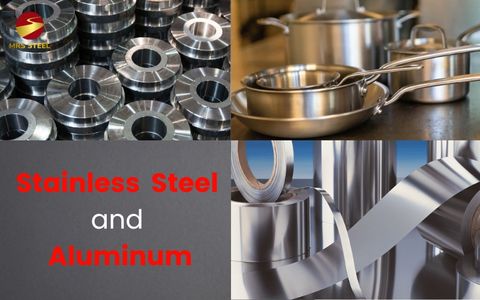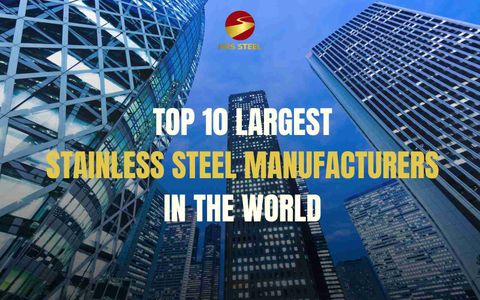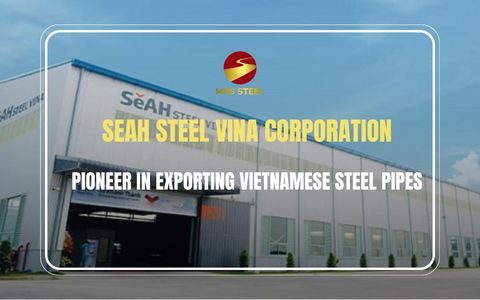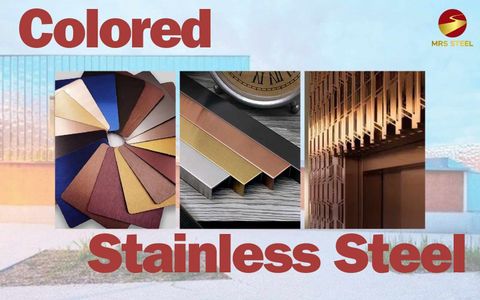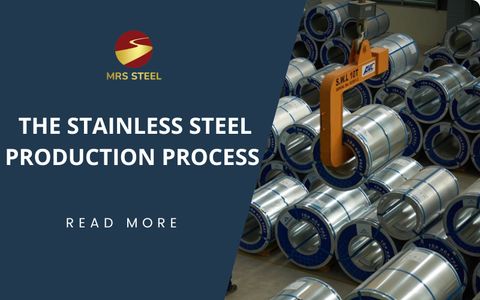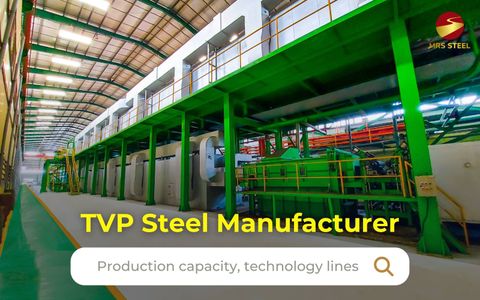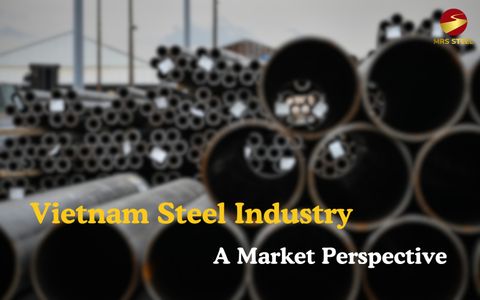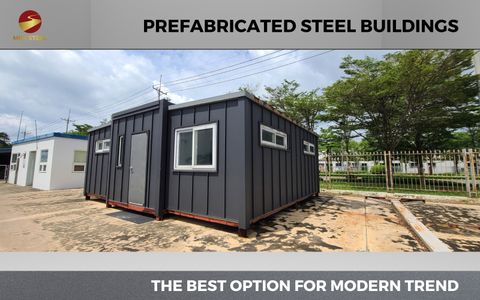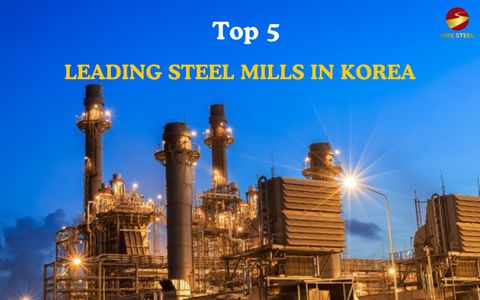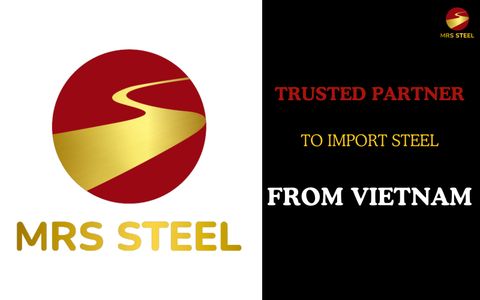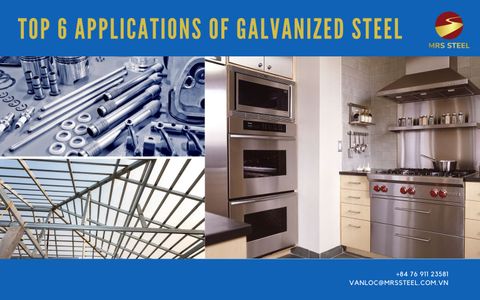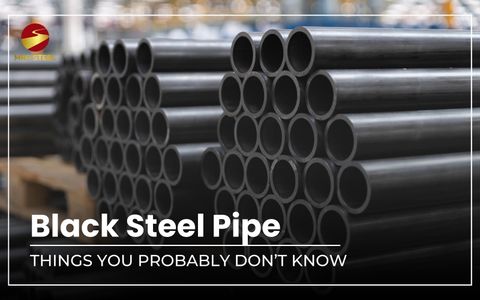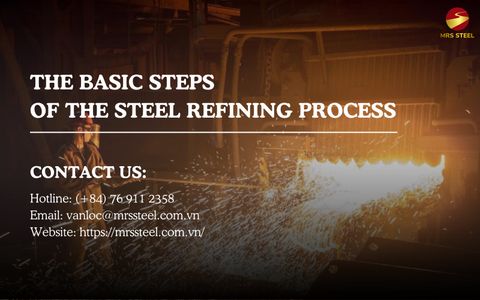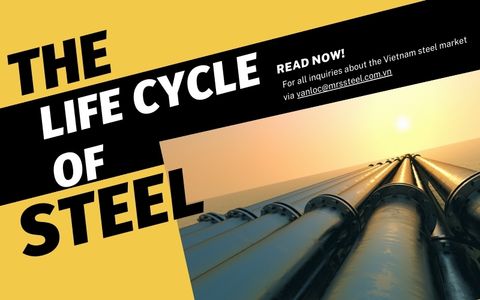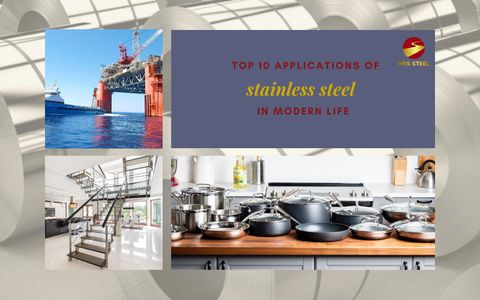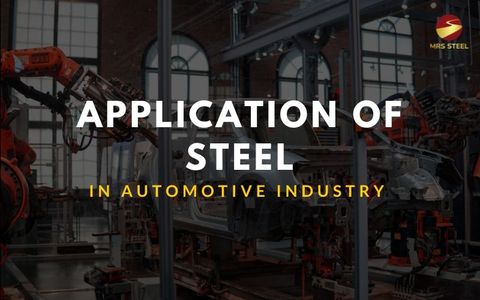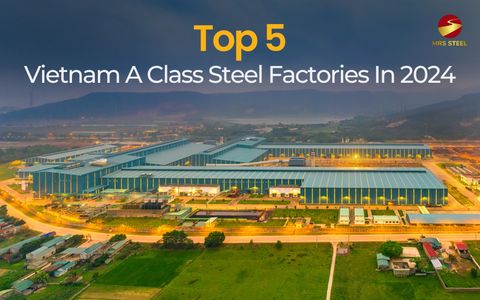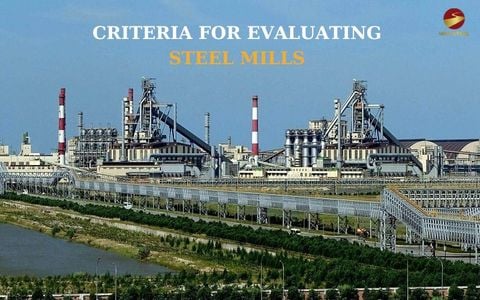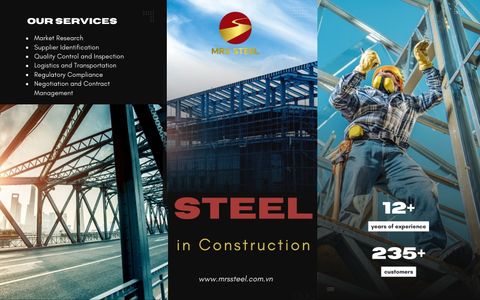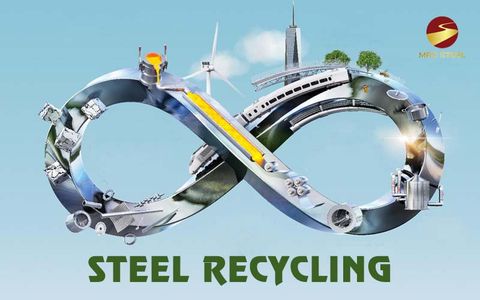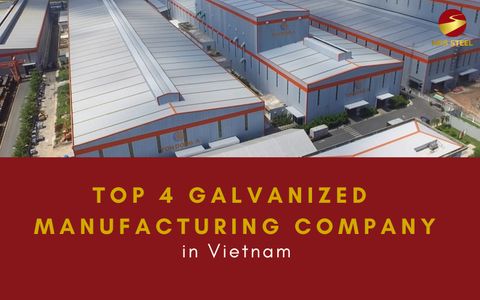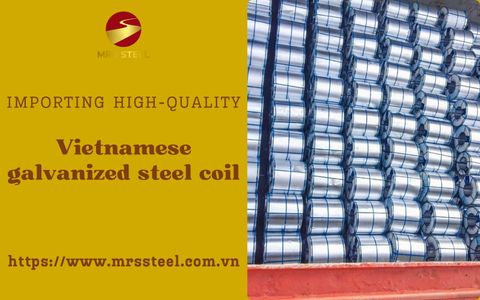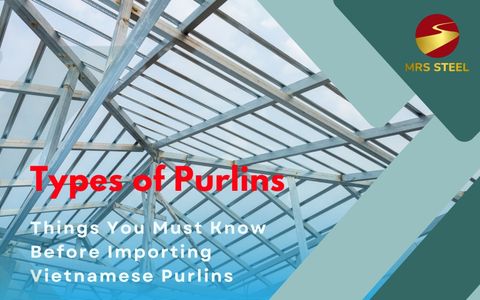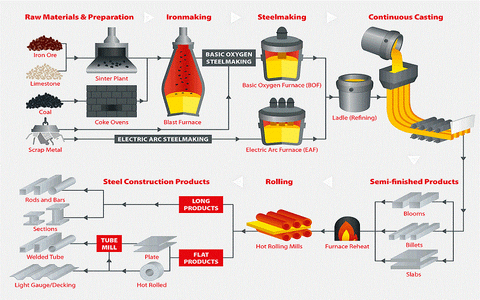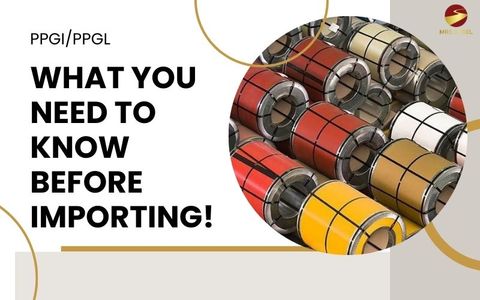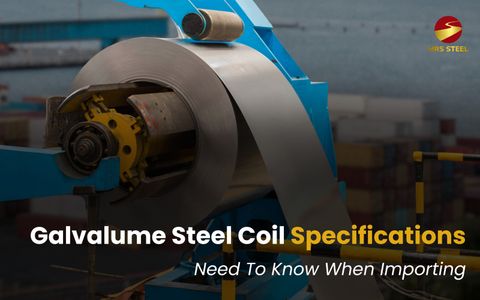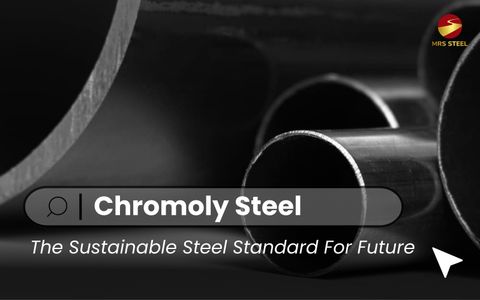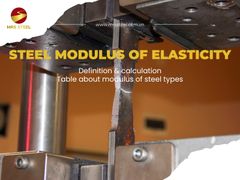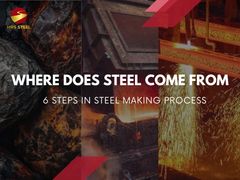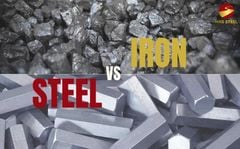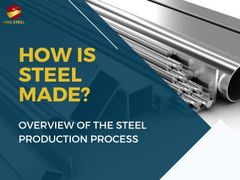What is stainless steel? Types of stainless steel and their strength

BlogDate: 09-05-2024 by: Ngoc Cam
Stainless steel is a corrosion-resistant steel due to its composition, containing a minimum of 10.5% chromium. They possess many strengths and outstanding advantages that many conventional metals lack.
In the article below, MRS Steel will analyze in more depth the characteristics of each type of stainless steel so you can better understand this versatile steel.

The stainless steel composition plays a crucial role in determining the material's properties and applications
What is stainless steel?
Stainless steel is an alloy containing at least 10.5% chromium and a maximum of 1.2% carbon by weight, by mass. The chromium acts as a protective coating on the inner steel layers, preventing the impact of environmental agents on the steel structure. That is also the reason why stainless steel has high corrosion resistance, making it an ideal material for projects.
Characteristics of stainless steel
The most outstanding feature of stainless steel is its ability to resist corrosion in different environments, including acidic and chemical ones. However, this does not mean that stainless steel will last forever. It is still capable of rusting and corroding under prolonged harsh conditions. The average lifespan of stainless steel is still many times higher than that of conventional steel, making it a premier choice.

The manufacturer analyzed the stainless steel material to ensure its quality met industry standards
Advantages of stainless steel
Currently, stainless steel is still one of the top priority materials in construction because it possesses many strengths as follows:
- High corrosion and oxidation resistance ensure longevity and sustainability, reducing maintenance costs.
- Recyclability without compromising its properties makes it an everlasting eco-friendly material.
- Stainless steel has a bright surface, is easy to clean and also increases the aesthetics of the product.
- Environmentally friendly and safe for users, it's a top choice in medical equipment, food processing and more.
- High strength and melting point along with standard plasticity and hardness for the production of industrial equipment, machinery,...
Application of stainless steel
Stainless steel is produced in coils, plates, wires, bars or tubes, so it can be widely applied in many fields:
- Kitchen utensils, medical equipment
- Construction materials in projects and works
- Industrial equipment in chemical plants, oil refineries,...
- Oil tankers, chemical and food storage tanks
The application of stainless steel in various industries demonstrates its versatility and durability.
Classification of stainless steel
Among thousands of different stainless steel alloys, there are 4 main types as follows:
Austenitic stainless steel
This is the most common type of stainless steel with a much higher chromium content than other steel alloys so it is more resistant to corrosion. Another characteristic of this alloy is that it is magnetic after cold working.
Ferritic stainless steel
The second most popular form of stainless steel after Austenitic is Ferritic. They have low nickel content so they are more cost effective but still retain the properties and strength of stainless steel. This alloy can be hardened by cold working to retain its magnetism.
Martensitic stainless steel
Martensitic stainless steel has a chromium content of 11.5 - 17%, 1.2% carbon and some other metallic elements. Martensitic steel has a low nickel content, so its corrosion resistance is weaker than other stainless steels. They are widely used in the field of medical instruments, mechanical valves, turbine parts, mechanical instruments, oil industry and many other applications.
Duplex stainless steel
Duplex stainless steel possesses both the strength of Austenitic and Ferritic steels by containing 50% of the physical properties of both steels. Duplex steel is the top choice for applications requiring durability, corrosion resistance and formability.

The classification of stainless steel involves categorizing it based on its chemical composition, microstructure, and mechanical properties
Importing affordable Vietnamese stainless steel easily from MRS Steel
Vietnam ranked 12th in the world in steel output with 19 million tons in 2023. Currently, Vietnam is one of the largest steel markets that many importers are interested in. Thanks to the advantage of abundant resources, a bustling labor market and preferential duty policies and trade defense measures of developing countries, importers can access quality steel sources. In 2024, the Vietnamese government has many orientations for bilateral exchange and international cooperation, especially in the fields of fuel and iron and steel.
If you are exploring the Vietnamese steel market and sources for the first time, you should contact units that support the distribution and import of intermediate steel for advice and answers to questions. MRS Steel - your trusted partner for sourcing and importing various steel products from Vietnam with more than 12 years of experience helps you save a lot of time and effort. A team of market analysis, purchasing, logistics and legal experts supports you in all processes of importing Vietnamese steel to all countries around the world.
Above is useful information about stainless steel and how to import stainless steel from Vietnam easily and time-saving. For any questions and needs to import Vietnamese stainless steel, please contact MRS Steel via Email vanloc@mrssteel.com.vn or Whatsapp +84 769 112 358 for the most detailed advice.

